I have the following setup (only relevant bits of code):
Renderer
renderer = new THREE.WebGLRenderer({
antialias: true, alpha: true, canvas: canvas
});
Textures
dot: THREE.ImageUtils.loadTexture('./assets/images/dot.png')
Material
let material = new THREE.PointsMaterial({
size: size,
sizeAttenuation: true,
color: color,
map: textures.dot,
// alphaMap: textures.dotAlpha,
blending: THREE.NormalBlending, // THREE.MultiplyBlending
transparent: true,
alphaTest: 0.1,
opacity: 0.3
});
Point cloud Usually I have 20 to 50 point clouds with 1k to 10k dots. What I see on screen it's a small fraction of theese.
pointCloud = new THREE.Points(geometry, material);
Adding points
cfg.pointCloud.forEach(point => {
var vertex = new THREE.Vector3();
vertex.x = point.x;
vertex.y = point.y;
vertex.z = point.z;
geometry.vertices.push(vertex);
});
I have the following issues:
- Overlaping sprites tend to clip each other instead of rendering on top of each other. Thus I get a lot of points simply obscured
- If i use
material.alphaTest = 0.5andmaterial.opacity:0.1the edges of the sprites become very sharp loosing all antialiasing effect. When viewed from a distance they tend to render very poorly and disappear. I was expecting being able to render smooth borders. I'm using 512x512 png maps. - When I move the camera away from the origin after a certain distance sprites tend to disappear.
- Low opacity values seem to make the dots disappear.
How can I improve this rendering? Is there any other way besides using sprites? I'm lacking the know-how needed to write a custom shader so I will appreciate anything that helps with improving this rendering.
Here are some sample images that showcase the troubles:
- Even though the blue dots density is much higher in the green zone they tend to be obscured. I belive this happens because the green and red dots are the first point clouds introduced to the scene. And they render on top of the blue ones.
- If I tilt the camera it seems that some dots suddenly get rendered because of a different depth index.
- If I increase the opacity of certain point clouds their sprites tend to be obscured by sprites with lower opacity. I was expecting some blending effect there.
- Most of the dots tend to be clustered and due to the rendering quircks most of them tend to dissapear
- Again some clipping effects from close up
